“Perhaps I should just bury myself and become a diamond after thousands of years of intense pressure” –Lemony Snickett

What’s the best way to educate a child? How do we help them grow, and develop self-control, focused attention, working memory, social skills, discipline and the motivation to meet life’s challenges and persevere? What have we learned from brain research about the role of schools and families, academics, assessments – and play?

What is the “secret sauce” to honing the mind?

We brought another eager crowd of playful outreach volunteers to Portland’s Newmark Theater to answer audience questions and hear from the remarkable Adele Diamond, an expert on the development of “executive functions,” a member of the Royal Society of Canada, and the Canada Research Chair Professor of Developmental Cognitive Neuroscience at the University of British Columbia in Vancouver.

Our accomplished Noggin participants this time included Sun Ho Kim, Avery Crowell and Skyler Crowell from the Freshman Inquiry (FRINQ) University Studies course sequence on the Neuroscience of Creativity & Learning at Portland State University…
LEARN MORE: Science of Creativity & Learning PILOT 2018

They were joined by additional PSU volunteers Ashley Keates, Jade Osilla, Andrew Stanley and Heather Hamilton (who is also an NIH BUILD EXITO scholar), Jacob Schoen from the Oregon National Primate Research Center at OHSU, and Rebecca Hood from Behavioral Neuroscience at OHSU (who recently presented at Velo Cult)…


Dr. Diamond was introduced by Joel Nigg, Director of the Division of Psychology and a Professor of Psychiatry, Pediatrics, and Behavioral Neuroscience at OHSU, who noted her strong commitment to community outreach and education. It is critical to study executive functions, motivation and brain development in academic settings, but it helps tremendously to be informed by actual engagement with people you’re trying to understand…
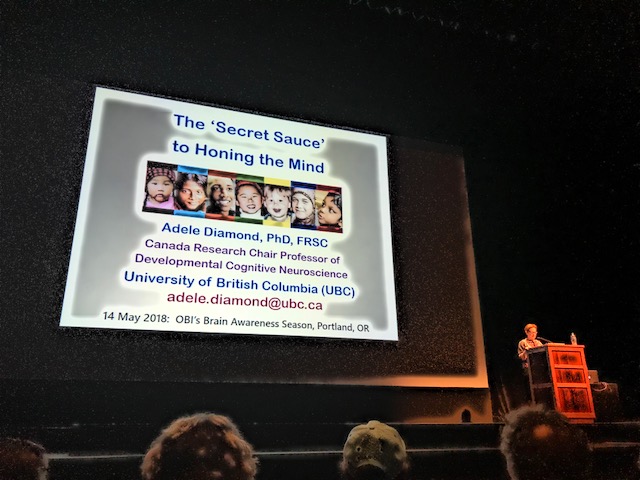
“I’m in Canada, but I’m a native New Yorker,” began Dr. Diamond. “So no one writes as fast as I talk!”

She wasn’t kidding! Dr. Diamond rapidly presented multiple slides (over 200!), and promised they’d appear on OHSU’s website for all to read. (When we find them we’ll add a link, but a substantial number are posted below…)
What are “executive functions” (or EF’s)? Here’s one list of examples…

“When you can do it on automatic – it is not executive function…”
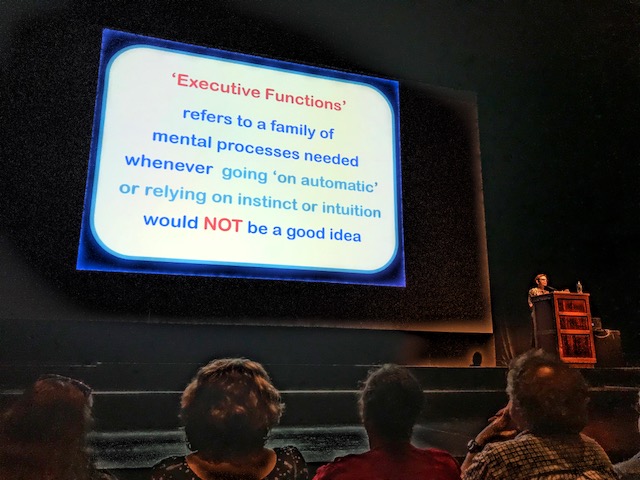
“There are three core EFs,” said Dr. Diamond. “Inhibition, working memory, and cognitive flexibility.” This critical “family of mental processes” depends on neural networks in the prefrontal cortex, a recently evolved brain region that undergoes substantial shaping and development during childhood and adolescence…
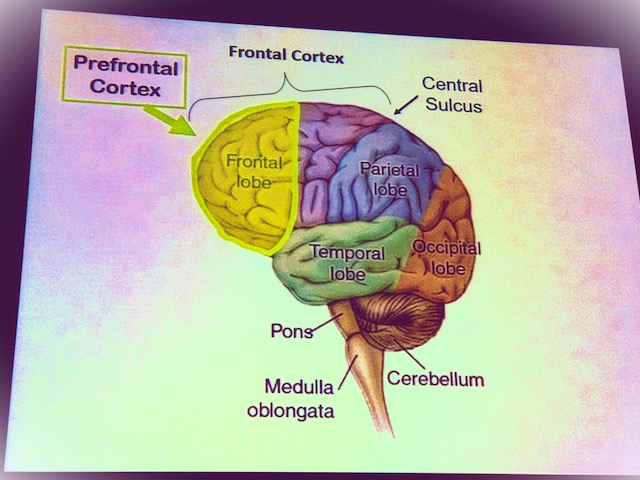
LEARN MORE: Executive Functions
Inhibitory control is one of those three core EF’s…
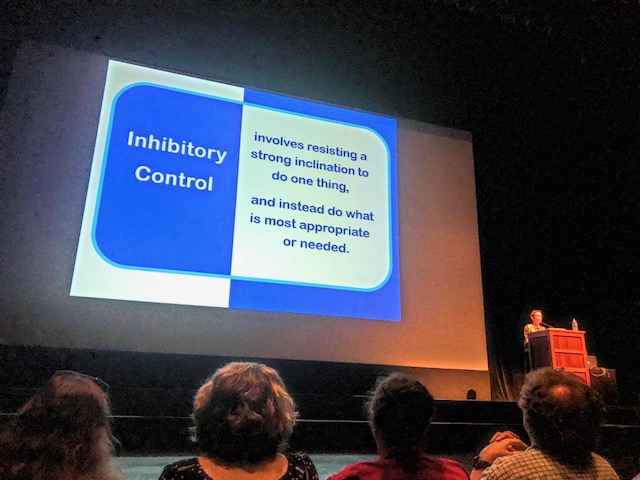
“For little children, so much of your day revolves around inhibiting emotions and actions…”
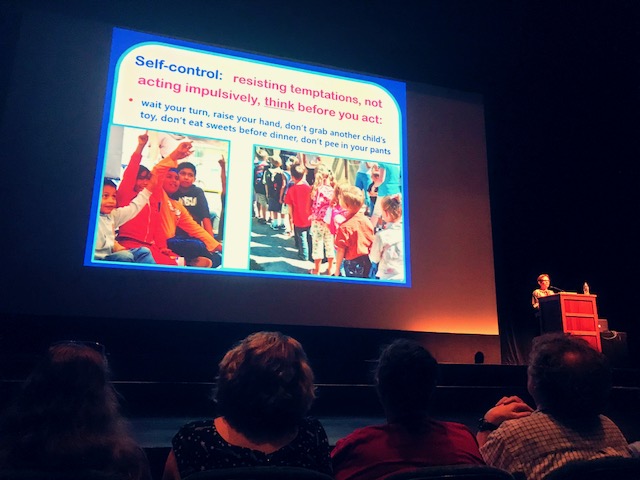
Inhibition takes effort, as do all executive functions: “Wait your turn, raise your hand, don’t grab another child’s toy, don’t eat sweets before dinner, don’t pee in your pants…”
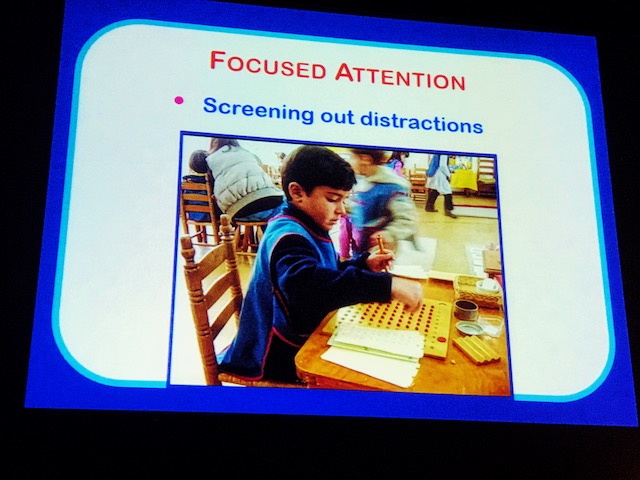

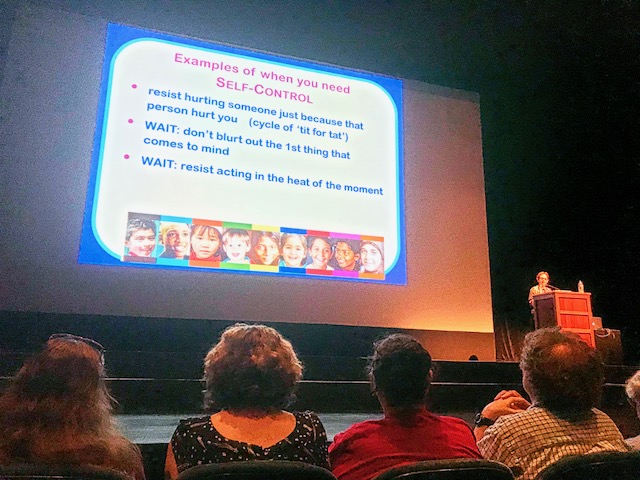


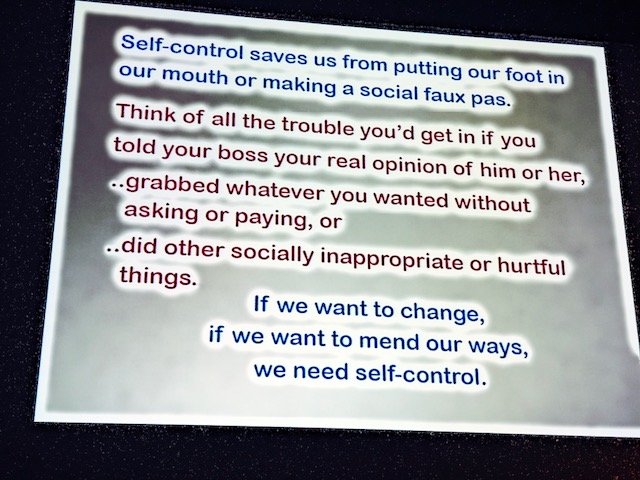
Blurting things out and acting impulsively, without careful consideration, is typical in young children, who have yet to develop, through life experience, changes in PFC that allow for self control and the ability to inhibit inappropriate behavior. However, Dr. Diamond discovered that kids “are often capable of responding correctly – if some way can be found to cause them to delay responding, even for just a few moments.”

Children under five were tested in the “Day/Night Task,” which required them to answer “day” when presented with a card showing the moon and stars, and “night” for a card showing the sun. They had great difficulty remembering and applying rules and inhibiting impulsive (and incorrect) responses. However, if the kids were required to take time to think about the answer (the experimenter sang a short song, or ditty), they did very well…
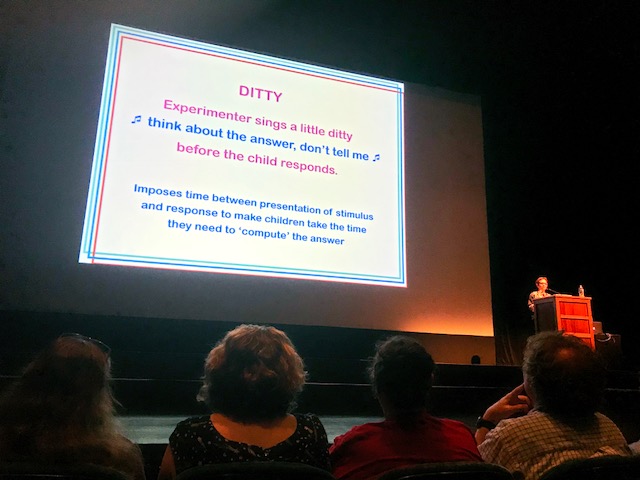
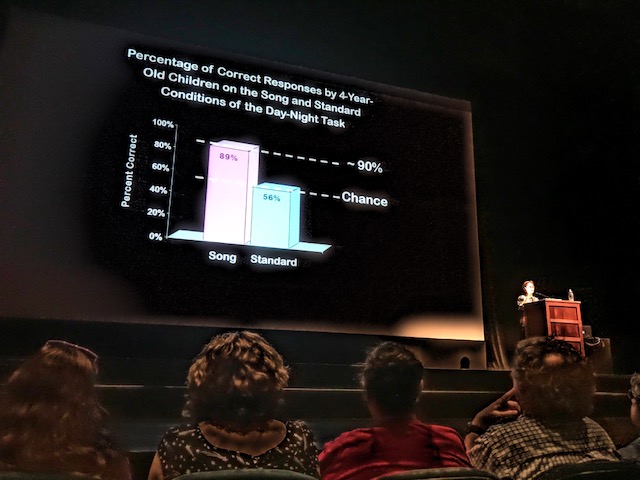
An ability to inhibit impulsive behavior, and demonstrate self-control, is highly predictive of adult success…
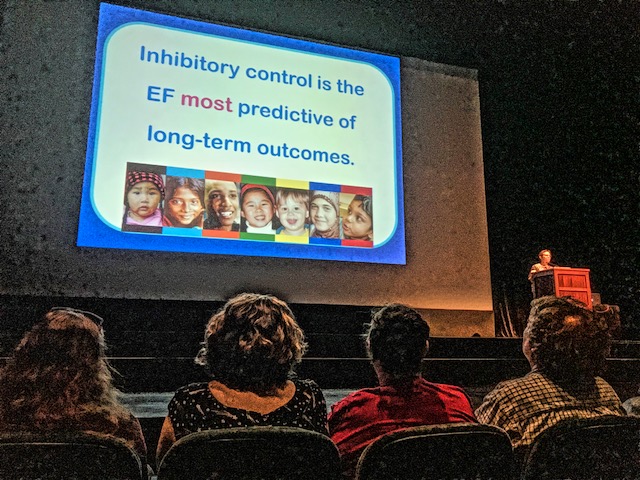

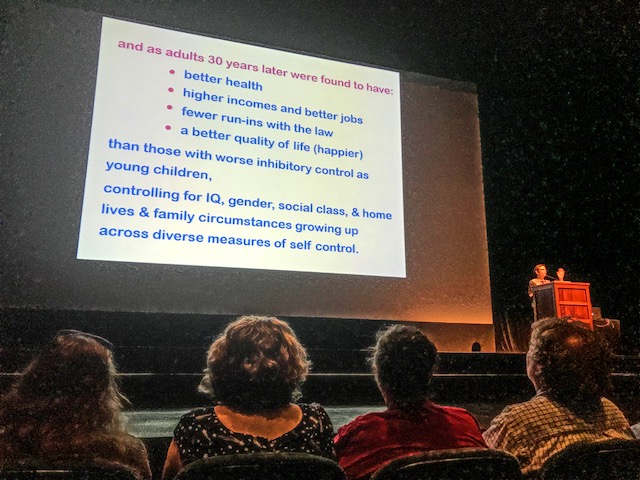
LEARN MORE: A gradient of childhood self-control predicts health, wealth, and public safety
LEARN MORE: Wait For It! A Twin Study of Inhibitory Control in Early Childhood
Working memory (WM) is a second core component of executive function…
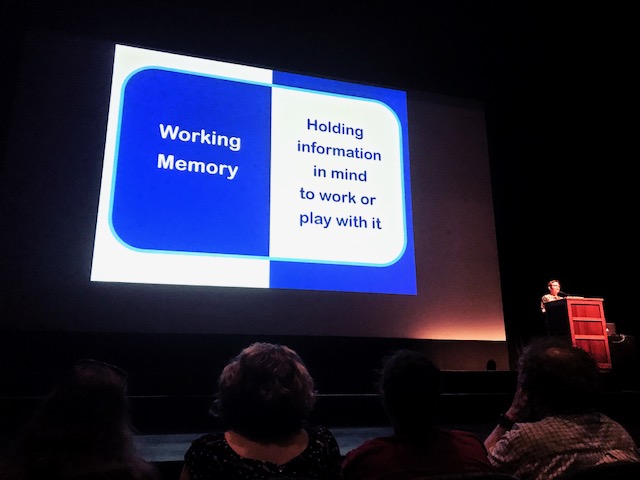

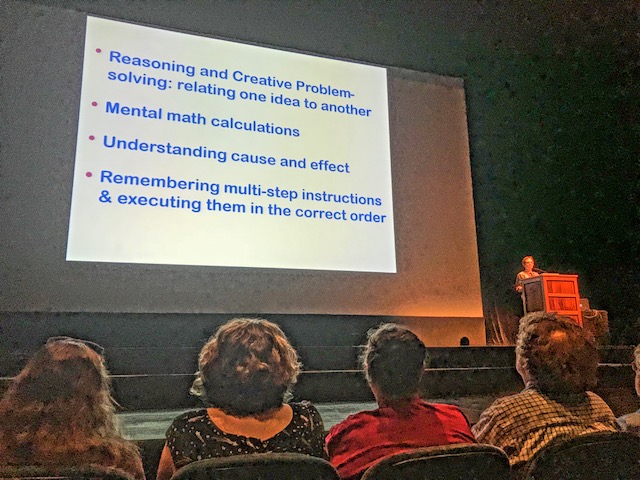
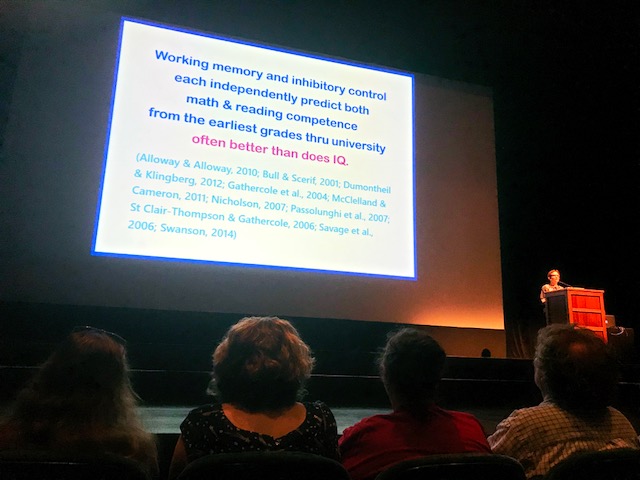
LEARN MORE: Working Memory Maturation: Can We Get At the Essence of Cognitive Growth?
LEARN MORE: Investigating the predictive roles of working memory and IQ in academic attainment
“Storytelling,” said Dr. Diamond, “both telling and listening, is a terrific way to challenge and improve our working memory!”
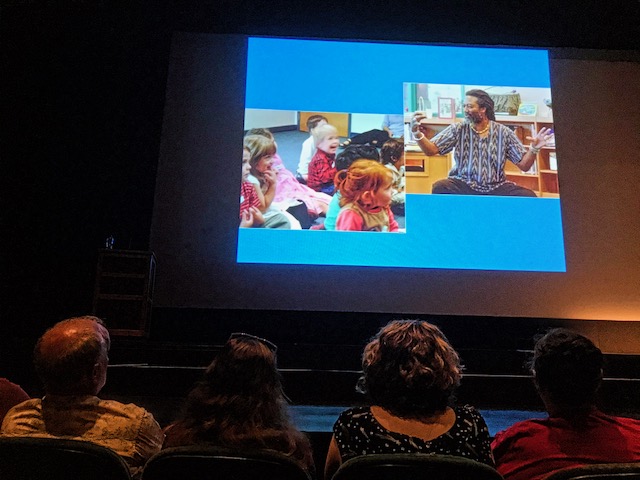
Through NW Noggin, we are immersed in tales, and storytelling – in fact, as teachers and educators, researchers and artists, telling great evidence-based stories – in schools, homeless youth centers, museums, coffee shops, bike shop pubs and even Congress – is the implicit skill that underlies successful engagement with our students, colleagues, K-12 classrooms, policy makers and the broader community…

LEARN MORE: NW Noggin Storytelling @ Bonny Slope Elementary

Right now we’re organizing a Spirit Mountain Community Fund supported project to engage with tribal majority schools in Oregon’s Lincoln and Yamhill counties, bringing graduates and undergraduates studying neuroscience and art together with community storytellers and students, to consider connections between figures in Grande Ronde and Siletz tribal stories (e.g., Coyote, Crow and Grizzly) and their relevant neuroanatomy…

LEARN MORE: Synapses & Stories: Coyote, Grizzly & their Brains!
LEARN MORE: Noggin Bloggin
According to Dr. Diamond, research backs the beneficial impact of storytelling on working memory performance, again a core aspect of executive function and a cognitive skill essential for most children to attain adult success…
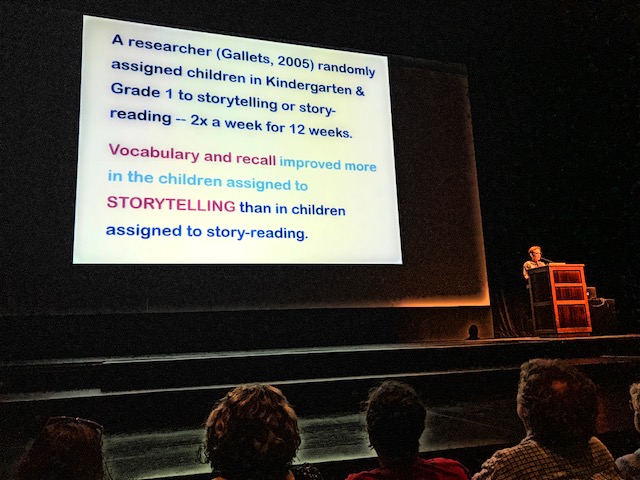
LEARN MORE: Storytelling and Story Reading: A Comparison of Effects on Children’s Memory and Story Comprehension
Cognitive flexibility (also called “set shifting,” or mental flexibility) is the third core aspect of EF…

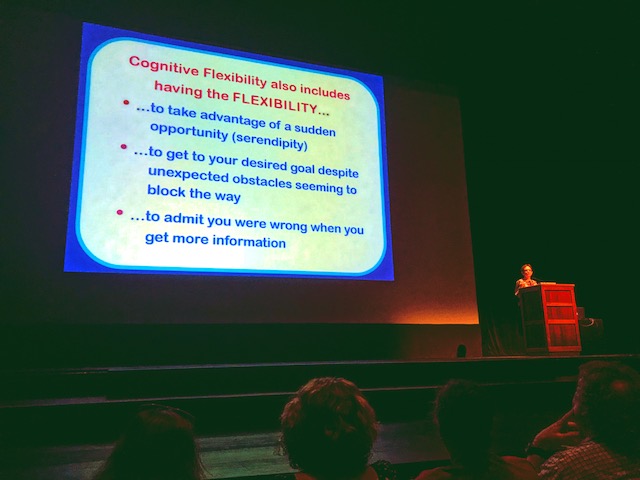
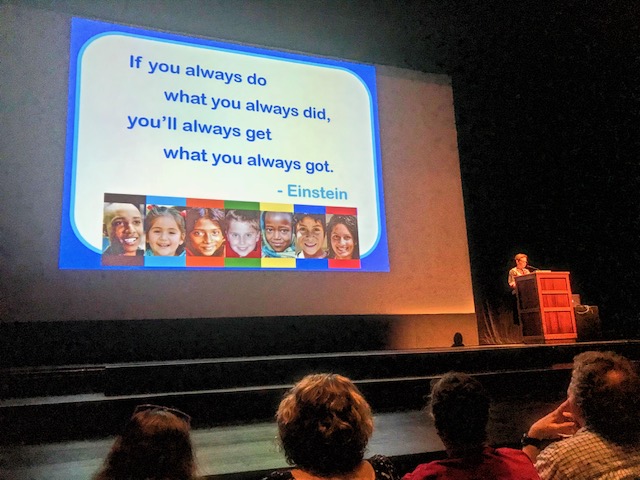

“How can we stop ourselves from getting really upset when a child misbehaves?” asked Dr. Diamond. “What we usually get upset about is the intent we think is behind an action,” she suggested. But we can try using our own adult cognitive flexibility to “re-frame” the situation…
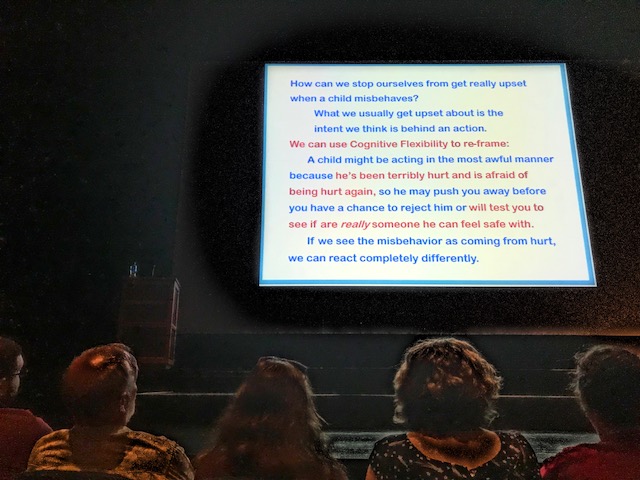
If we can see the misbehavior as coming from hurt, we can react completely differently
Cognitive flexibility is also closely linked to creativity…
LEARN MORE: Training creative cognition: adolescence as a flexible period for improving creativity

These three core abilities (inhibition, working memory and cognitive flexibility) also support higher level executive functions, including problem-solving, reasoning and planning for the future based on past experience and events…
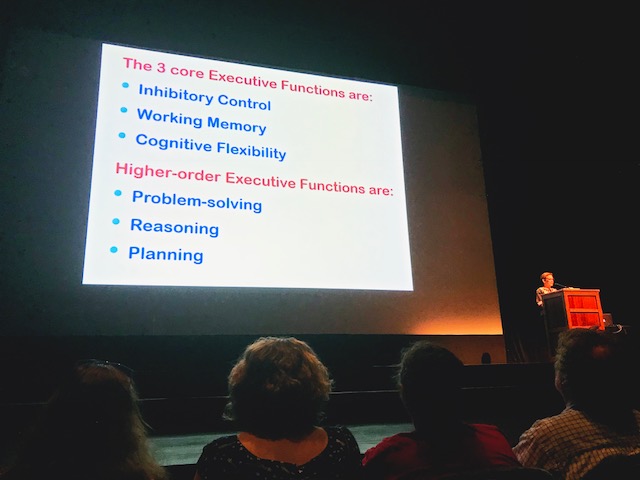
Executive functions are critical for our children to develop and for adults to improve on and retain. “So which interventions,” asked Dr. Diamond, “work best to enhance our executive functions…?”
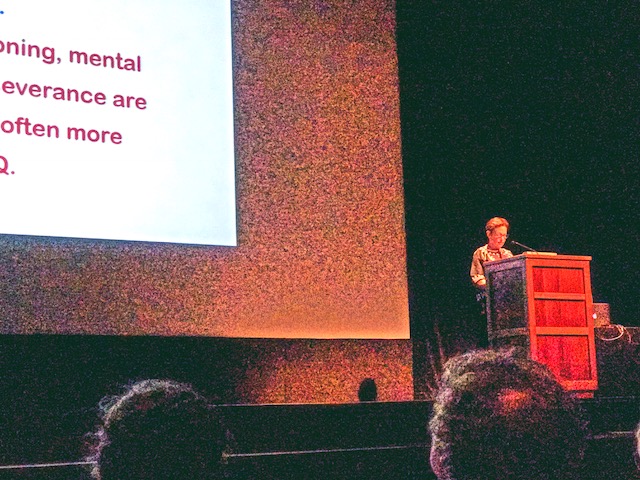

Dr. Diamond reviewed multiple programs and approaches aimed at improving executive function, and made several key observations from relevant research…
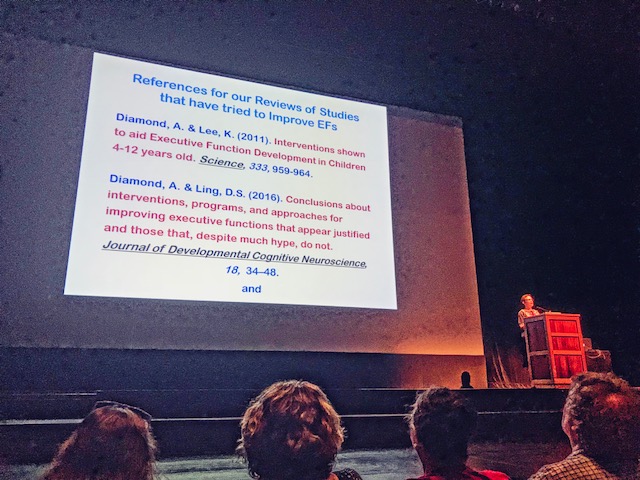
LEARN MORE: Interventions shown to Aid Executive Function Development in Children 4–12 Years Old
For one thing, training in one area (say inhibition, or reasoning) can produce significant improvement, but only in a narrow sense. People get better at what they practice, but this does not transfer to other skills…
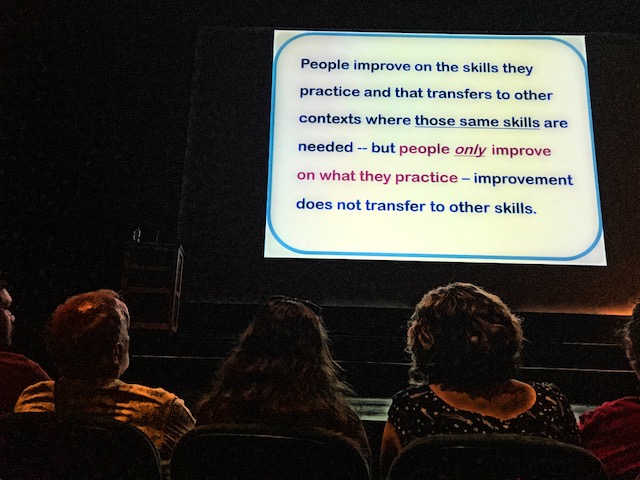

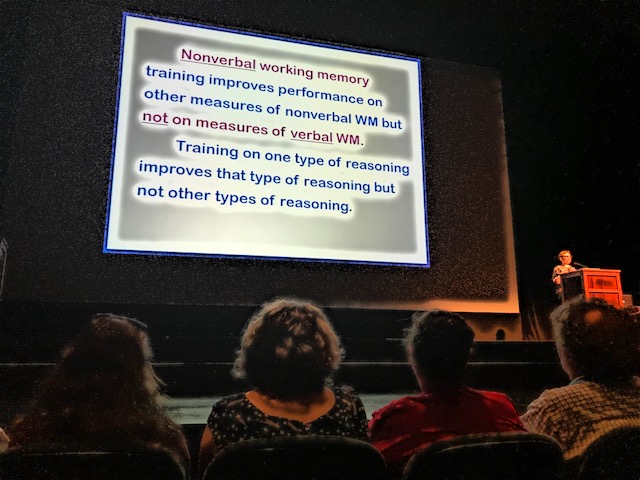
And “sometimes the reason something works is different from what anyone expected,” added Dr. Diamond. For example, Cogmed is a for profit computerized training program (from Pearson) for improving working memory performance that appears narrowly effective, according to current research.

But is Cogmed itself effective? Or is it’s effectiveness due to some component of the training?


Recent research suggests that actual mentoring and human attention, a feature shared by many effective approaches, might underlie the improvements seen in executive function with programs like Cogmed…

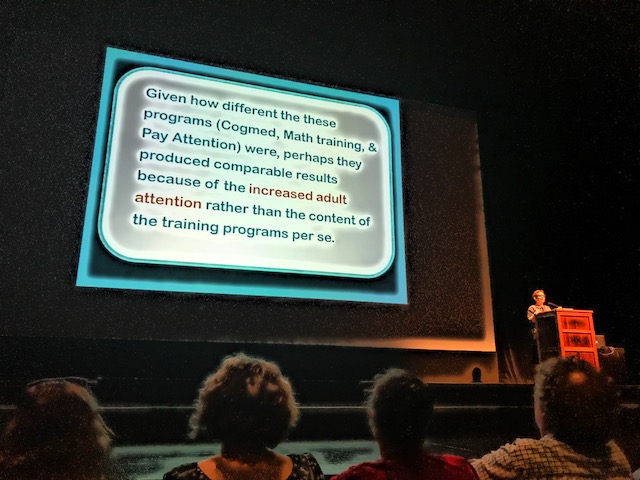
“Indeed,” noted Dr. Diamond, “results for non-computerized cognitive training have generally been better than for computerized training. Could that be,” she wondered, “because of more human interaction with the instructor when the training takes place with other people and not machines?”

Dr. Diamond compared the results of several interventions on executive function skills, noting that mindfulness practices involving movement (though notably not yoga) appear by far the most effective…
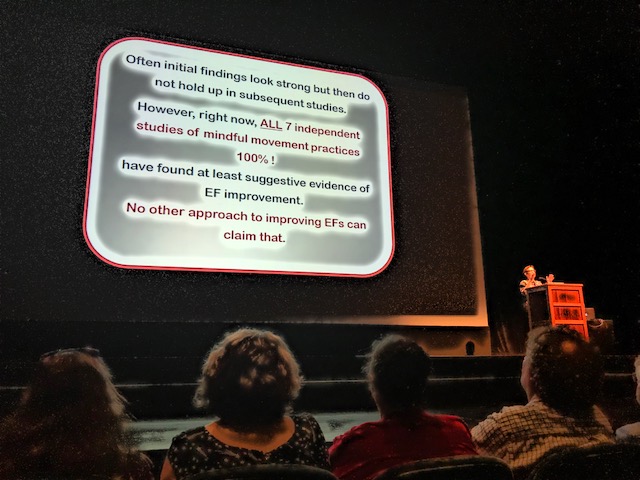
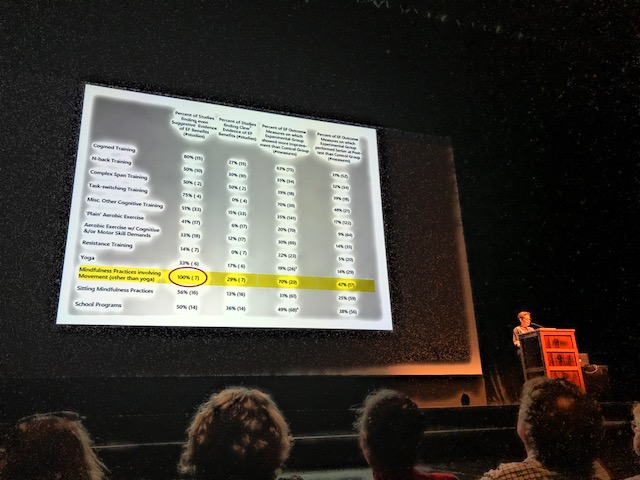
Regarding disappointing findings for yoga, she wondered about how the classes in these studies were taught. Were they drop in programs offering little regular interaction with instructors, and a changing cohort of participants..?
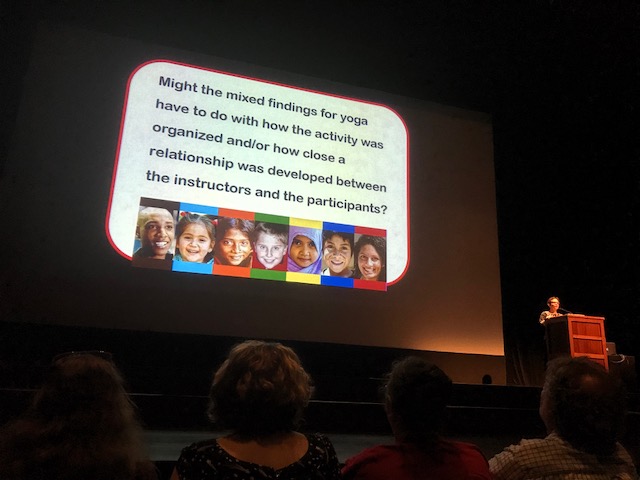
Also, despite very promising work on the clear benefits of aerobic exercise for brain health and cognition…
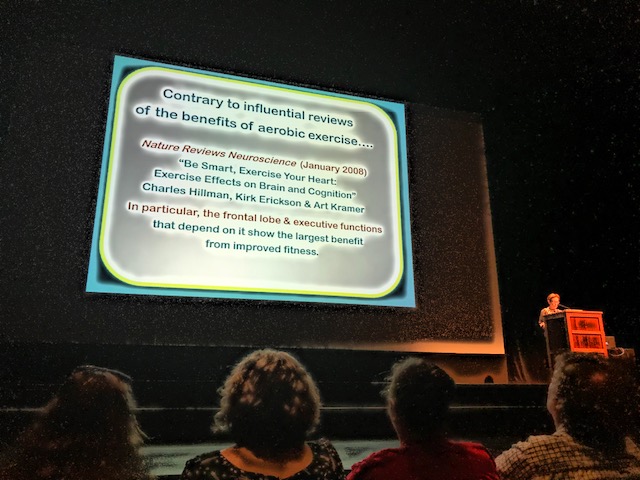
LEARN MORE: Be smart, exercise your heart: exercise effects on brain and cognition
…this did not translate into notable improvements in function for those who attempted exercise as a treatment.
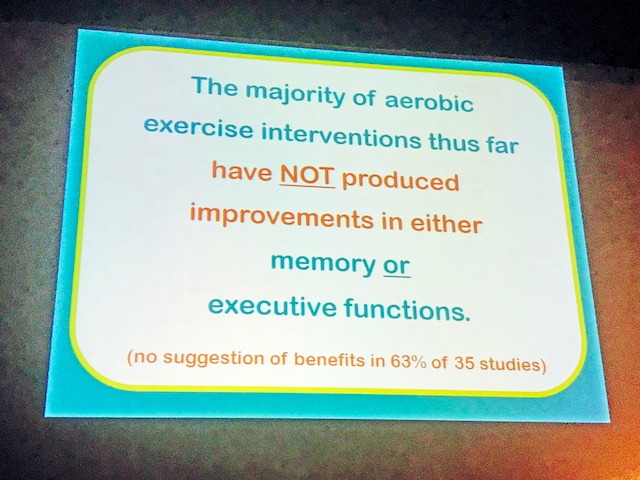

However, most exercise interventions are simple, like running on a treadmill or riding a stationary bike, and might not fully engage or require executive functions. In addition, they aren’t always very interesting, or motivating.
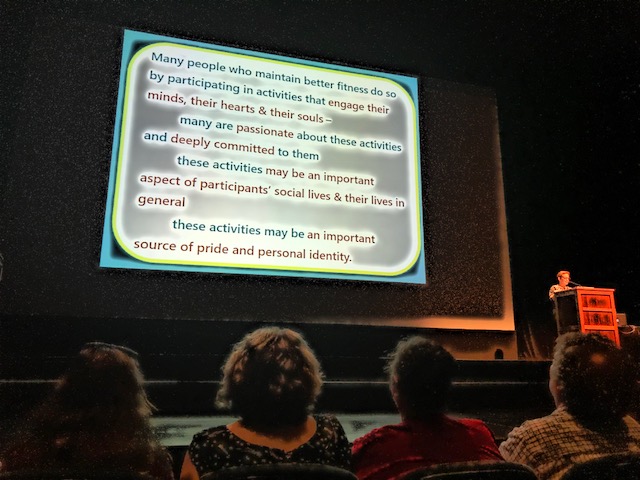
Pearson, the seller of Cogmed, also sells lucrative assessments and textbooks to K-12 and college classrooms, with boring, often deliberately “non-controversial” reading passages, and other simplified, committee-approved content that’s sometimes incorrect or unintelligible. When it comes to biology questions on local state tests, for example, our graduate students conducting cutting edge research in neuroscience couldn’t always figure them out – they appear to be written by someone (or some committee) with no training or experience in biology at all…


LEARN MORE: Effects of Physical Exercise on Executive Functions: Going beyond Simply Moving to Moving with Thought
It’s likely that people need to engage in activities that also engage them – activities they actually want to do, that involve social connection and interaction, and which require many aspects of executive function – in order to improve and retain EF…
Stress also impairs executive functioning…
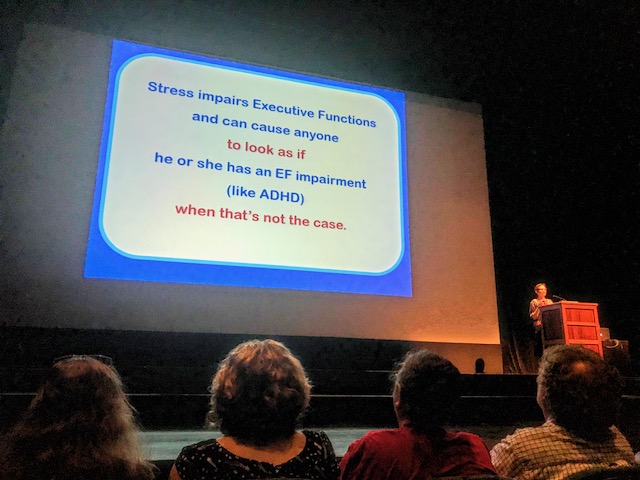

Dr. Diamond offered some neurobiological reasons why this might happen. Even mild stress will selectively increase dopamine release in the prefrontal cortex, and there is an optimal level of PFC dopamine for effective functioning…
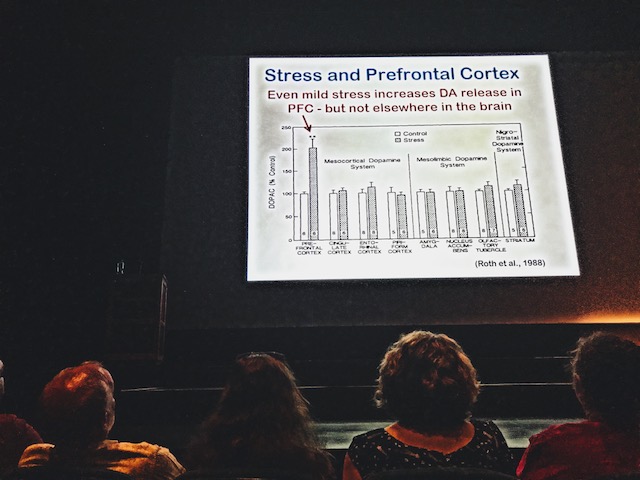

LEARN MORE: Stress and the mesocorticolimbic dopamine systems
LEARN MORE: Neurobiology of executive functions: catecholamine influences on prefrontal cortical functions
LEARN MORE: Dopamine’s Actions in Primate Prefrontal Cortex
Acute stress can be beneficial, and transiently improve aspects of executive function, as we learned in a recent NW Noggin Velo Cult presentation by Eileen Torres of OHSU and visual artist and printmaker Joshua Abraham…

LEARN MORE: Feeling stressed?
However, Dr. Diamond presented research challenging the notion that mild stress is good for everyone. Women, she suggested, appear to do better than men in the absence of mild stress, while more men seem to benefit from stress…
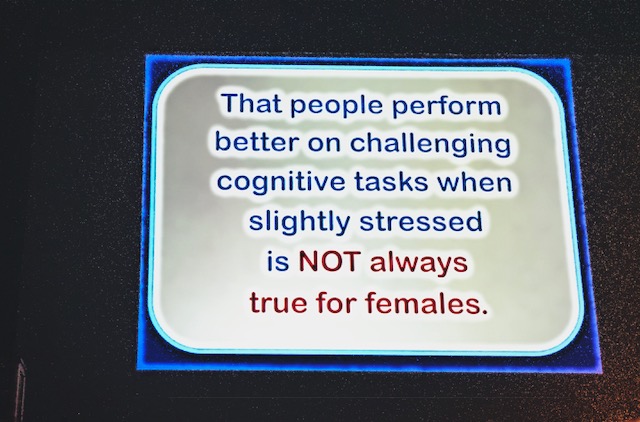

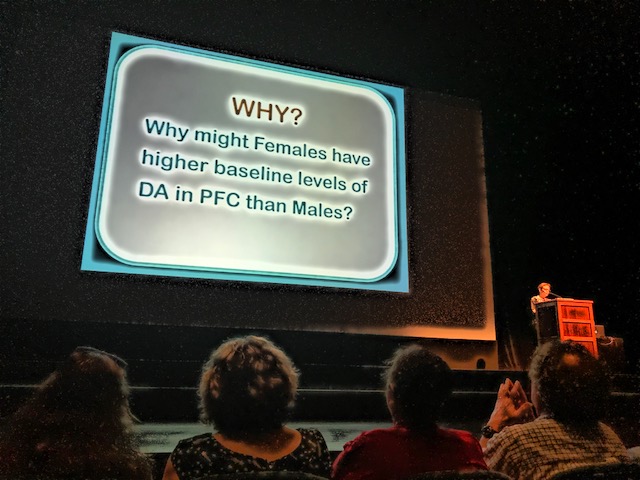

LEARN MORE: Learning During Stressful Times
LEARN MORE: Estrogen and the Prefrontal Cortex
Neurons in the PFC also have more receptors for cortisol, a hormone released under stressful conditions, than any other part of the brain…

LEARN MORE: Distribution of corticosteroid receptors in the rhesus brain
Prolonged stress also clearly impairs communication between the prefrontal cortex and other brain regions, disrupting executive functions like inhibition, working memory and flexibility…
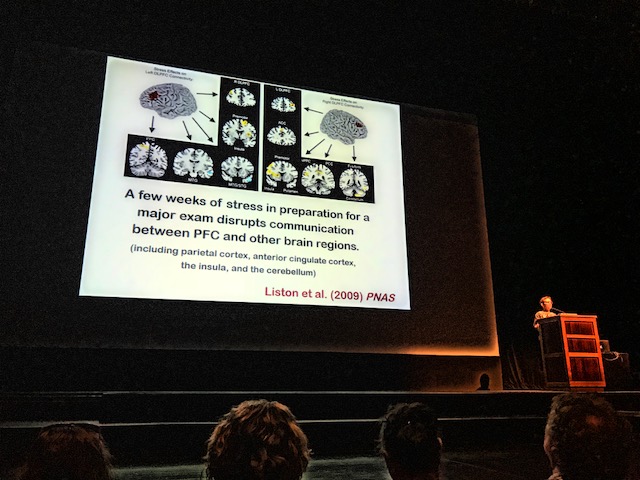
LEARN MORE: Psychosocial stress reversibly disrupts prefrontal processing and attentional control
From Dr. Diamond…

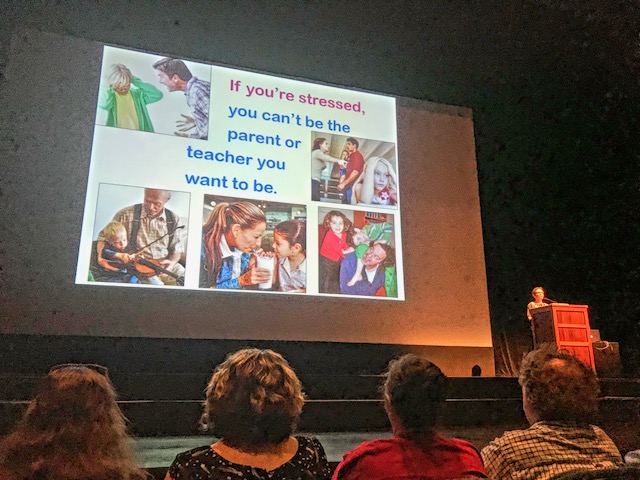
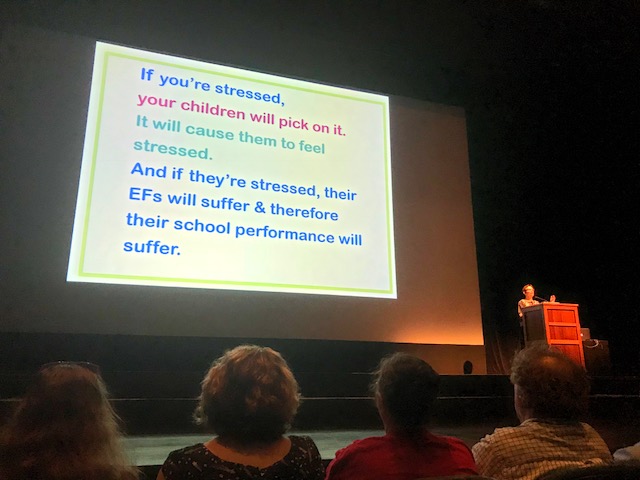
So what can we do about stress?

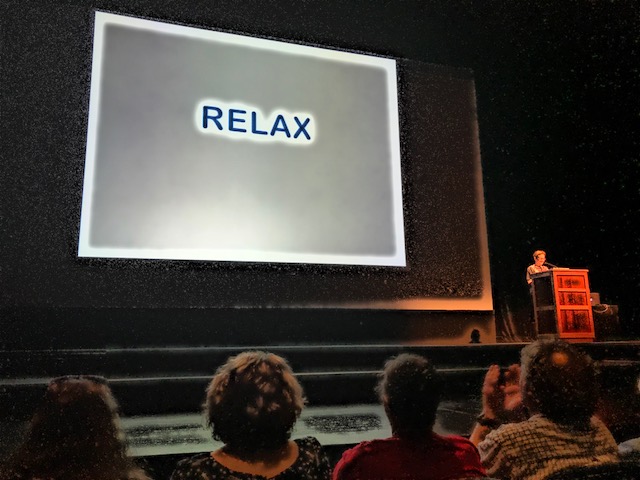
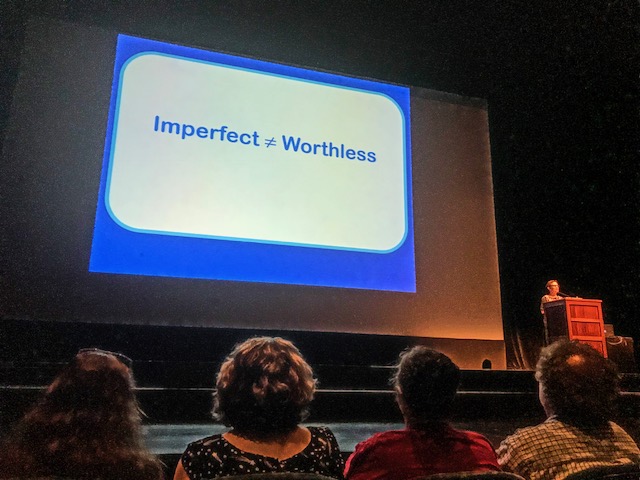
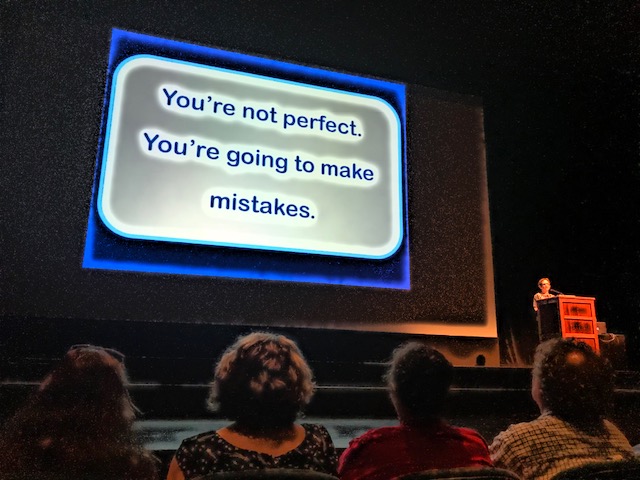
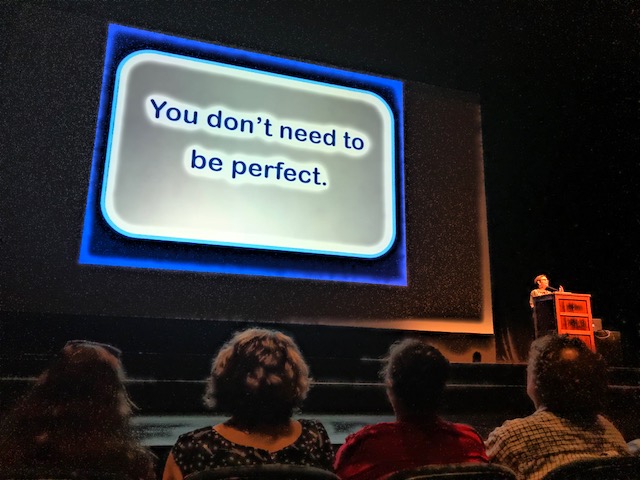





Many interventions can reduce stress, including pets, mindfulness training, exercise…
LEARN MORE: The Power of Pets
LEARN MORE: The Buffer Effect of Therapy Dog Exposure on Stress Reactivity in Undergraduate Students
LEARN MORE: Mindfulness meditation training alters stress-related amygdala resting state functional connectivity
LEARN MORE: Stress-Defeating Effects of Exercise Traced to Emotional Brain Circuit
LEARN MORE: Effects of Exercise and Physical Activity on Anxiety
Yet in K-12 classrooms, those poorly written textbooks and corporate assessments, along with cuts to instruction and social interaction may add stress. From an interview with Dr. Diamond on NPR: “Schools think, ‘We don’t have time for play, and we don’t have time for the arts. We have to focus on academic content because (the students) are going to get tested at the end of the year, and we have to make sure they do well on these tests.’”
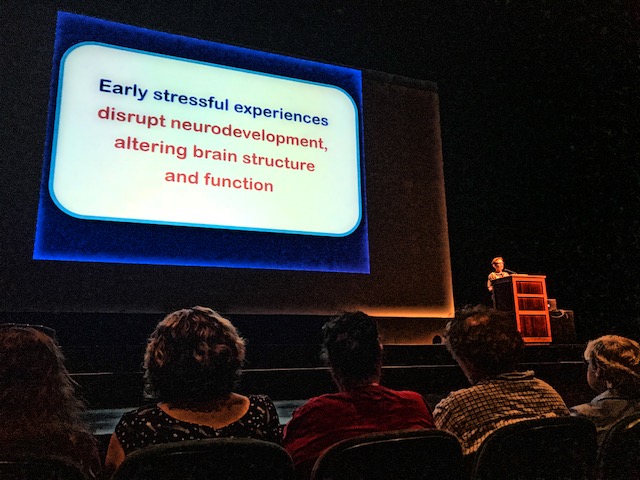
“Our research is showing that if the children have more time to play they do better on these academic outcome measures than if they spend more time in direct academic instruction…”
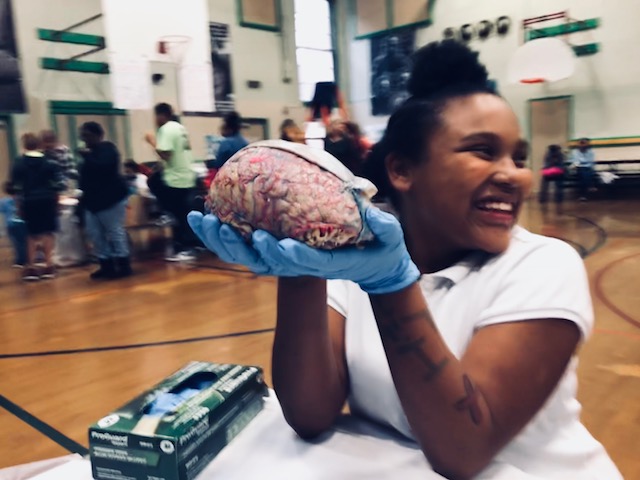
“Things like the arts, or sports, help develop cognitive skills like sustaining attention…like being able to hold information in mind. These things also improve social skills…which is terribly important to doing well.”
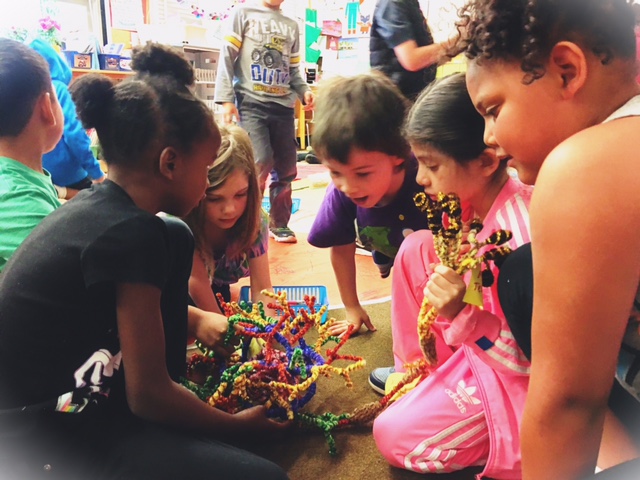
“They also use your body, and we know that if you’re physically healthy, your pre-frontal cortex and brain work better. And we know too that leading a sedentary life is terrible for your brain and your cognitive skills.”

LEARN MORE: The Science of Attention
“So what activities touch the hearts and minds of young people?” asked Dr. Diamond. “What inspires them, challenges them to reach for the stars, builds their self-confidence, pride – and executive function?”

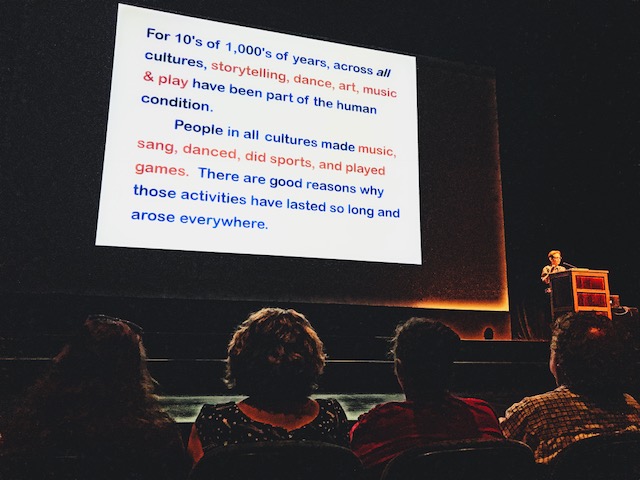



“Focusing exclusively on training cognition (as mainstream education tends to do) may not be the best, or most efficient, way to improve cognition.”
At NW Noggin, we could not agree more! We once worked at a university branch campus (with great students!) and introduced the first cross-disciplinary arts and neuroscience course (Art & Brain) in the entire state system. This course brought in more than a third of all new Neuroscience undergraduates, and influenced many to excitedly consider pursuing both neuroscience and art…
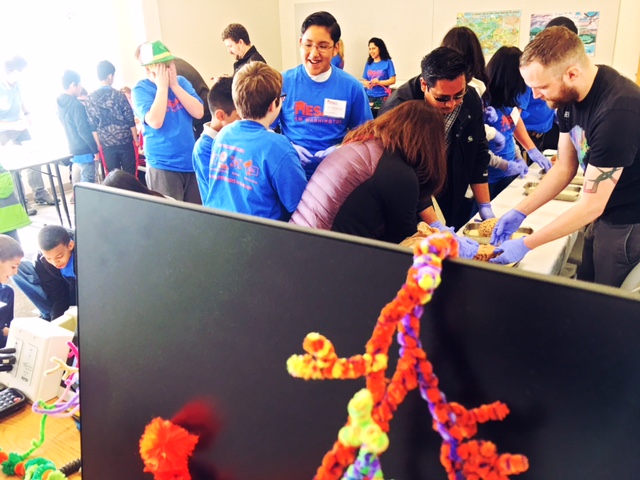
Yet this particular institution, like many, decided to emphasize “standardized” and committee-generated administrative systems, focus on marketing (e.g., big faculty conferences) instead of teaching, and notably limit educator interaction with students by cutting both instructional faculty and the arts. Notable consequences were poor decision-making, poor executive functioning, more stress – and less creativity, innovation, joy and play…

All of us need motivating time-honored arts and activities (including storytelling and music, sports, drama and play) involving real human connection to joyfully engage our brains and improve and maintain our executive function…

The secret sauce for honing the mind…

Many, many thanks to Kate Stout at the OHSU Brain Institute for including our volunteers!
Discover more about the first Brain Awareness Lecture with Suzana Herculano-Houzel…
Soup for Brains!
How much energy does a brain require? How many brain cells do we have? Are humans unique in terms of brain size, number of neurons – or social skills, tool use, deception, or play..? How do you make “brain soup?” And what’s the best way to bring fresh cerebrums on an international flight?!



